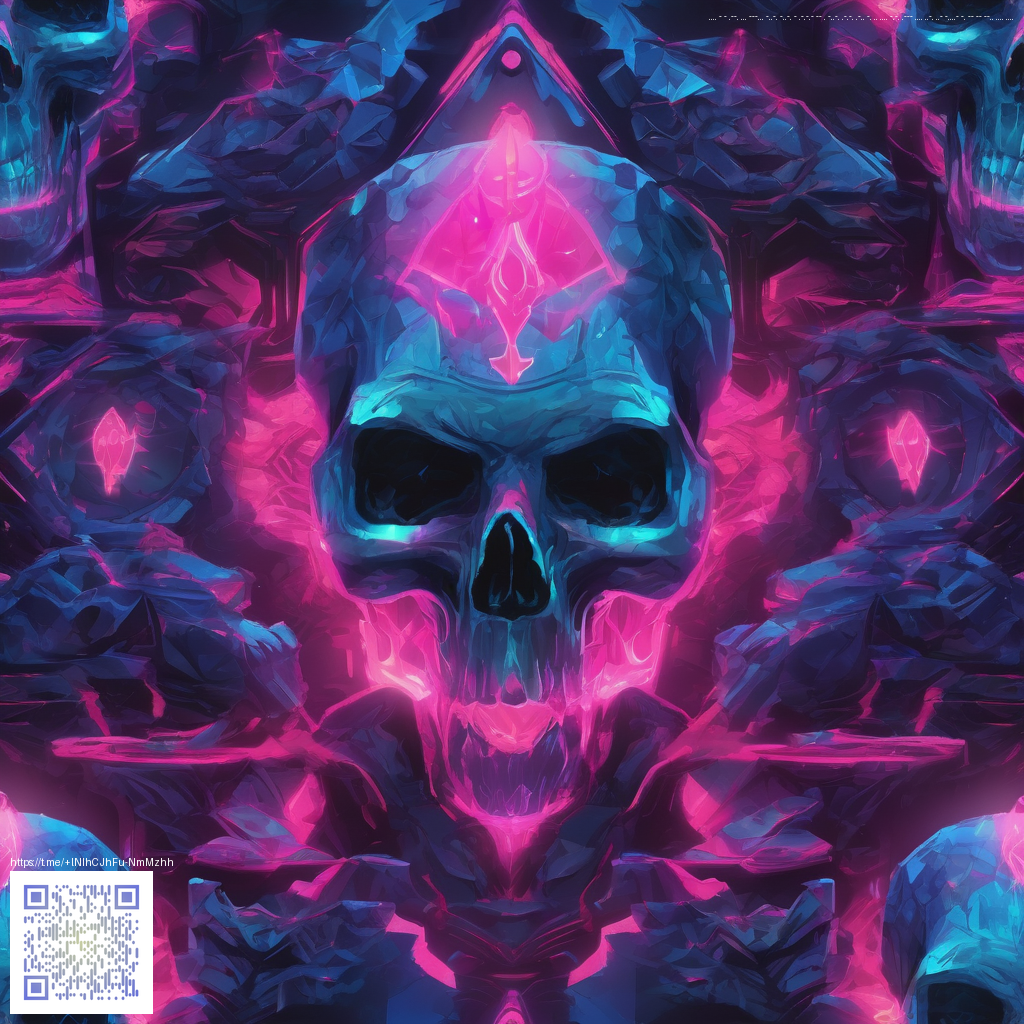
From Sketches to Screens A Journey Through Mortal Kombat 1992 Concept Art
The first Mortal Kombat screens carried a spark that felt almost revolutionary for its era. Behind every iconic pose and color plan was a long path from pencil and ink to pixel and palette. This article dives into how the 1992 concept art evolved from rough sketches to the bold visuals that defined the arcade era. It is a story of collaboration, constraint, and a fever for pushing graphics beyond what people thought possible at the time. 💠
The process began with the team exploring martial arts tropes and cinematic silhouettes. Designers and artists sketched fighters in dynamic stances that hinted at the moves players would perform. The challenge was translating those fluid martial arts motions into static but expressive frames that could live on the arcade hardware. The balance between readability and personality became a guiding principle for the early art direction.
Origins of the visuals
John Tobias played a central role shaping the aesthetic language. His early concepts emphasized bold, easily readable silhouettes that could withstand the division of a screen into game tiles. Ed Boon contributed to the atmosphere through design choices that leaned into a gritty, almost photographic mood. The collaboration produced a look that felt grounded in real world fighting while still feeling fantastical enough to belong to a video game universe. 🌀
In many ways the visuals were a fusion of two worlds. Hand drawn art provided the personality and rhythm of the fighters, while digitized elements lent a sense of immediacy and realism. The result was a hybrid style that set Mortal Kombat apart from other fighting games of its time. The art team chased a sensation of weight and impact that players could feel in each clash.
Digitization and the look
Technically the team leaned on digitized footage to capture the essence of real world movement. Live action performers supplied the references for motion and pose, which were then turned into pixel art that the hardware could render. This approach created a tactile feel that screens could not be bothered to fake with traditional sprite work alone. The approach also imposed limits that artists learned to embrace, turning those constraints into creative advantages. 🌑
The color palette was bold and compact, designed to read clearly on arcade monitors with limited color depth. Bordering on cinematic, the lighting hints and shading gave fighters a sense of volume that helped their frames pop against the stage backgrounds. The art team often prioritized high contrast silhouettes so a player could instantly recognize a character mid exchange. The result was a vivid, memorable cast that continues to echo in modern remasters. 👁️
Character design and the talent behind it
Beyond Tobias and Boon, a broader group refined each fighter from rough sketch to finished palette. The team tested variations of costumes, weapons, and fatalities with the goal of making every character instantly identifiable. Some of the earliest designs embraced practical martial arts gear while others explored mythic elements that later became fan favorites.
What stands out when revisiting the concept art is the way mood informs form. A single line stroke can imply a weighty kick or a breath held before a decisive strike. This sensitivity to moment and posture seeded the intensity that defined arcade showdowns. Fans still study these sketches looking for clues about the evolution of each fighter's personality and aura. 💠
Community echoes and modding culture
The concept art conversation grew beyond the studio as fans embraced the visuals as a blueprint for their own creations. Early fan art and pixel rewrites chased the same goals the original team pursued: clarity, impact, and an unmistakable identity. The legacy of these sketches lives on in modern fan projects and community archives that celebrate the artistry behind the arcade spectacle. The dialogue between creators and fans further fueled the sense that Mortal Kombat is as much a cultural artifact as a game.
As communities translated the era into contemporary engines, the art philosophy remained a compass. Designers who study the original sketches find timeless lessons about rhythm, silhouette, and the interplay between grounded motion and fantastical flourish. The enduring passion of modders and archivists keeps these ideas alive, offering a bridge from the 1990s arcade floor to today’s creative ecosystems. 🌑
Developer commentary and lasting lessons
Interviews and retrospectives reveal how the team navigated hardware limits while still trying to capture the kinetic drama of combat. The decision to blend digitized references with stylized animation shaped not only the look but the feel of every encounter. This approach taught a valuable lesson about art direction in gaming a lesson that still informs contemporary reimaginings of classic titles. The philosophy remains simple and resonant give players a sense of real weight even in a digitally stylized world. 👁️
For modern developers and artists the takeaway is clear the earliest concept art was more than cosmetic it was a blueprint for how players would perceive and experience fight choreography. It demonstrates how constraints can spark creativity and how collaboration between designers illustrators and technicians yields a memorable visual signature. The stories behind these sketches remind us why today a game’s look matters as much as its mechanics.
If you enjoy delving into the art side of games consider supporting independent creators who keep these histories alive. Your contribution helps sustain discussions that push studios to share more about their process and the human craftsmanship behind pixel perfect battles. Decentralized support communities empower artists and fans to keep the flame burning long after an arcade cabinet has retired. 💫
Support the Vault via Ko-fi